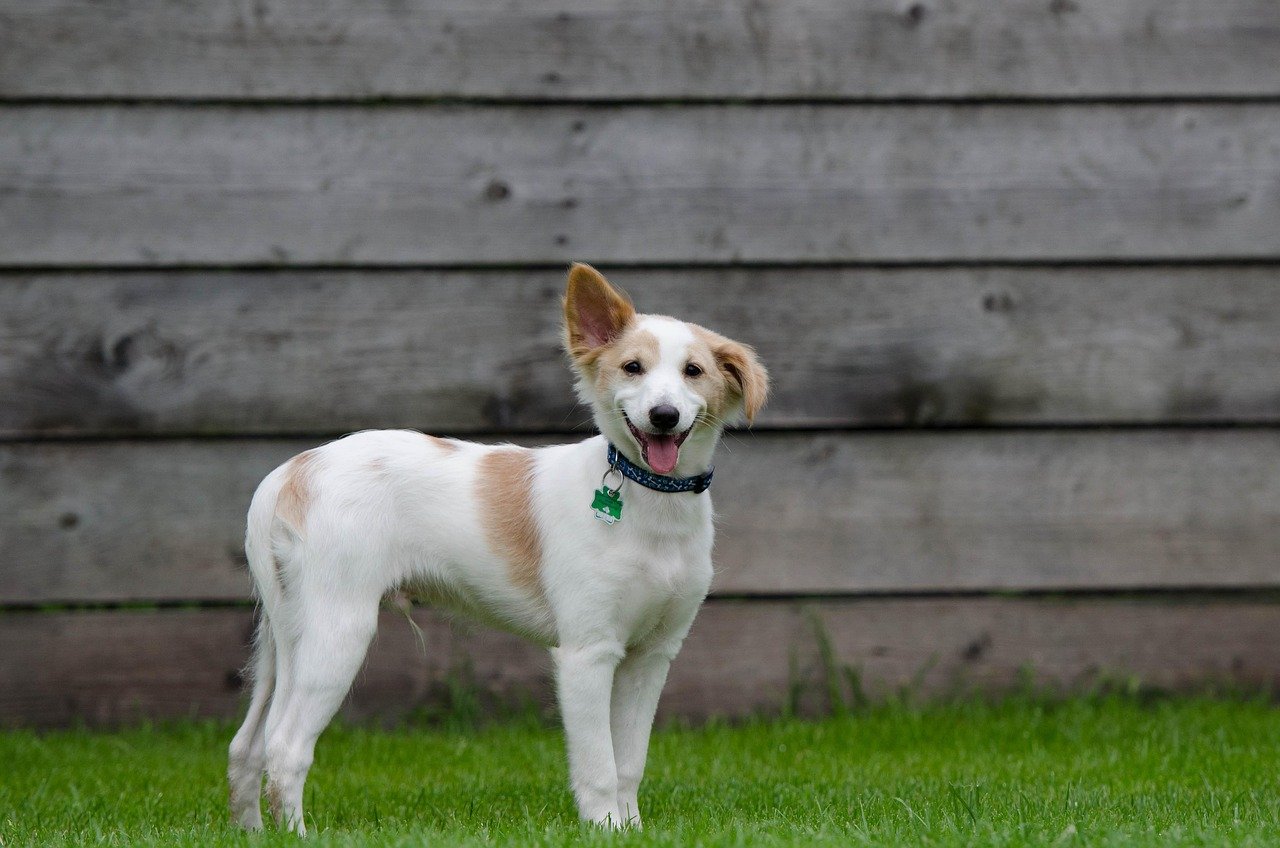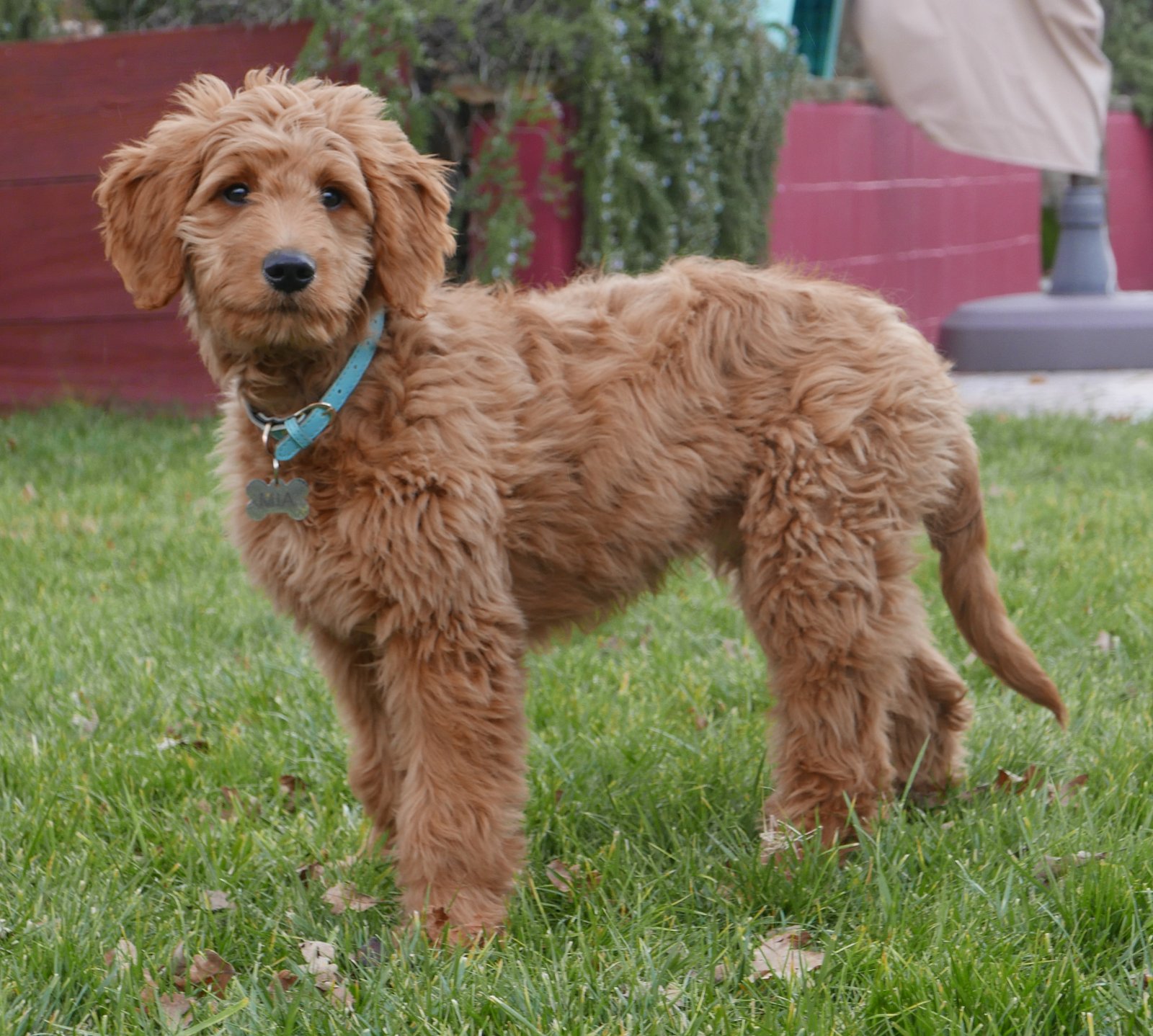Have you ever gazed into the soulful eyes of a Labradoodle or cooed over the curly ears of a Cockapoo, only to wonder: are these adorable “designer dogs” truly special, or is the whole craze just a clever marketing trick? The designer dog debate is sparking heated conversations in parks, vet clinics, and pet stores everywhere. With price tags soaring past $3,000 for some pups, it’s natural to ask: are designer dogs a scam, or are they worth every penny? Let’s dive into the fascinating world of hybrid breeds, where passion, profit, and puppy love collide.
What Are Designer Dogs, Really?

Designer dogs are the result of intentionally mixing two purebred dogs to create a unique hybrid. Think Labradoodle (Labrador Retriever and Poodle), Goldendoodle (Golden Retriever and Poodle), or Puggle (Pug and Beagle). Unlike accidental mutts, these crossbreeds are planned and bred for particular looks, temperaments, or perceived health benefits. Breeders often claim these mixes combine the best traits of each parent, but is that always true? It’s easy to be swept up by the allure of a “one-of-a-kind” dog, but understanding what designer dogs truly are helps separate fact from fiction.
The Price Tag: Are You Paying for a Name?
Designer dogs can cost more than many purebred puppies, often due to their trending status and clever branding. Some breeders attach fancy names and high prices to breeds like Cavachons or Maltipoos, making them seem exclusive. But many experts argue that you’re really paying for a label, not necessarily for better genetics or health. Think of it as buying a pair of designer jeans—sometimes, the price is more about image than substance. Dog lovers should ask themselves if the premium cost really matches the value.
The Health Myth: Are Hybrids Really Healthier?

A popular belief is that designer dogs are healthier due to “hybrid vigor,” the idea that mixing breeds reduces inherited health problems. While there’s a grain of truth—genetic diversity can help—many designer dogs still inherit diseases from both parents, especially if breeders don’t screen for health issues. For example, Labradoodles can suffer from hip dysplasia and eye problems common to both Labradors and Poodles. Without careful breeding, hybrid dogs may actually have just as many, or even more, health concerns as purebreds.
Temperament Traits: Mix and Match or Mystery Box?

Many people assume that designer dogs will have the best personality traits from both parents. While it’s possible, genetics aren’t as predictable as a recipe book. A Goldendoodle might inherit the Poodle’s intelligence but also the Golden Retriever’s high energy—or vice versa. Some hybrids even display unpredictable behaviors, making training and compatibility with families a gamble. Prospective owners should be ready for surprises and not expect designer dogs to be perfectly “customized” pets.
Breeding Ethics: Passion or Profit?
The booming demand for designer dogs has attracted both passionate hobbyists and unscrupulous breeders. While some breeders genuinely care about dog welfare, others see dollar signs and cut corners, prioritizing quantity over quality. This can result in poor living conditions, lack of genetic screening, and unhealthy puppies. Ethical breeders invest time, money, and love into their litters, but puppy mills and backyard breeders often exploit the trend for quick gains, leaving heartbreak in their wake.
Are Designer Dogs Recognized by Kennel Clubs?

Most major kennel clubs, like the American Kennel Club, do not officially recognize designer breeds. This means there are no universal breed standards, making it harder for buyers to know what to expect in terms of size, appearance, or temperament. Some organizations have started to track popular hybrids, but official recognition is still rare. This lack of oversight can make it easier for irresponsible breeders to operate unchecked, adding to the controversy.
The Role of Marketing: Clever Hype or Honest Appeal?
Designer dog breeders are often master marketers, using catchy breed names and heartwarming stories to attract buyers. Ads might promise non-shedding coats, allergy-free living, or “the best of both worlds.” While some claims are valid, many are exaggerated or misleading. A Labradoodle, for example, may still shed and trigger allergies. Buyers should look past the marketing and do their homework to avoid disappointment—and to protect their wallets.
The Rise in Popularity: Social Media Influence

It’s impossible to ignore the impact of Instagram, TikTok, and celebrity endorsements in fueling the designer dog craze. Cute doodles and “poos” flood social feeds, making everyone want one of their own. Famous faces like Jennifer Aniston and Tiger Woods have helped popularize Labradoodles, while influencers parade their Pomskies in matching outfits. This social media buzz often drives up demand—and prices—regardless of whether a breed is truly suitable for every home.
Rescue, Adoption, and the Forgotten Dogs

One heartbreaking consequence of the designer dog trend is the rising number of hybrids in shelters. Many buyers, enticed by looks or trends, later realize their new pup isn’t the easygoing companion they expected. Shelters now regularly see abandoned doodles, puggles, and other hybrids. Rescue organizations urge potential owners to consider adoption first, where many “designer” dogs are waiting for a second chance—often at a fraction of the cost.
What Do Veterinarians and Dog Trainers Say?

Experts in animal behavior and health tend to be cautious about the designer dog phenomenon. Veterinarians warn that without careful breeding, hybrids can inherit serious health issues. Dog trainers note that unpredictable temperaments can make training challenging. Most agree that what matters most is responsible breeding, thorough health checks, and realistic expectations. As one trainer puts it, “A good dog isn’t made by crossing two breeds—it’s made by good breeding and good training.”
Questions Every Prospective Owner Should Ask

Before bringing home a designer dog, experts recommend asking breeders tough questions:
– What health tests have been done on the parents?
– Can I meet both parent dogs?
– How are the puppies socialized?
– What support do you offer after adoption?
Being diligent helps you avoid scams and ensures you’re getting a healthy, happy puppy. Don’t be afraid to walk away if something feels off.
Is the Designer Dog Trend Here to Stay?

Despite the controversy, designer dogs show no sign of fading from popularity. Their unique looks and charming personalities have captured the hearts of millions. But as the debate rages on, one thing is clear: the best decision is an informed one. Whether you choose a doodle, a mutt, or a classic purebred, loving your dog and making responsible choices will always matter most.
Designer dogs definitely stir up debate—some see them as adorable hybrids with the best of both worlds, while others worry it’s more about marketing than health or ethics. The truth? It depends on the breeder, the care behind the cross, and your expectations as an owner. Not all designer dogs are a scam, but doing your homework is a must. At the end of the day, whether it’s a purebred or a “doodle,” what matters most is responsible breeding and a loving home.

Linnea is a born and bred Swede but spends as much time as possible in Cape Town, South Africa. This is mainly due to Cape Town’s extraordinary scenery, wildlife, and atmosphere (in other words, because Cape Town is heaven on earth.) That being said, Sweden’s majestic forests forever hold a special place in her heart. Linnea spends as much time as she can close to the ocean collecting sea shells or in the park admiring puppies.






